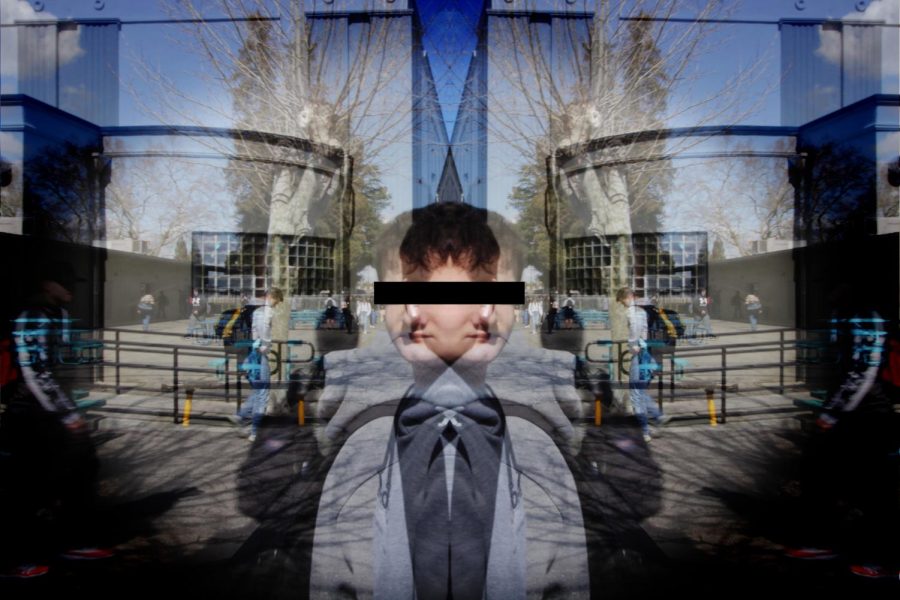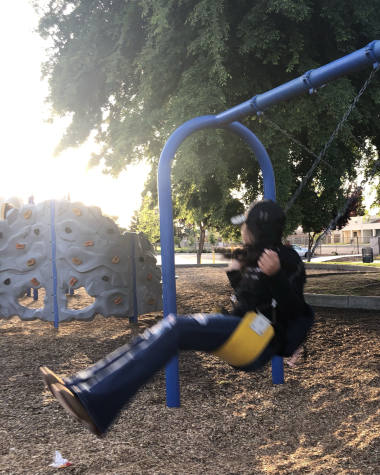The Reality of Bipolar Disorder
March 8, 2023
Bipolar disorder is a mental illness that causes unusual shifts in a person’s activity levels, mood, concentration and energy which can make it challenging to carry out day-to-day tasks. According to nimh.nih.gov, “There are three types of bipolar disorder. All three types involve clear changes in mood, energy, and activity levels. These moods range from periods of extremely “up,” elated, irritable, or energized behavior (known as manic episodes) to very “down,” sad, indifferent, or hopeless periods (known as depressive episodes). Less severe manic periods are known as hypomanic episodes.” The three type of bipolar disorder are: Bipolar I disorder which is defined by manic episodes that last for at least 7 days or by manic symptoms that are so severe that the person needs urgent medical care. Bipolar II disorder which is defined by a pattern of depressive episodes and hypomanic episodes. Cyclothymic disorder which is defined by recurring hypomanic and depressive symptoms that are not intense enough or don’t last long enough to qualify as hypomanic or depressive episodes.
The disorder is often diagnosed during late teen years or early adulthood; it sometimes requires lifelong treatment. According to the text, “People with bipolar disorder experience periods of unusually intense emotion and changes in sleep patterns and activity levels, and engage in behaviors that are out of character for them—often without recognizing their likely harmful or undesirable effects.
These distinct periods are called mood episodes. Mood episodes are very different from the person’s usual moods and behaviors. During an episode, the symptoms last every day for most of the day. Episodes may also last for longer periods, such as several days or weeks.” Some of those symptoms may include having a decreased need for sleep, racing thoughts, feeling unable to do even simple things, etc. Talking with a health care provider is the first step to try to help people with bipolar disorder to be able to lead healthy and active lives.
The text states, “Sometimes people who have severe manic or depressive episodes also have symptoms of psychosis, which may include hallucinations or delusions. The psychotic symptoms tend to match the person’s extreme mood.” An effective treatment plan usually includes a combination of medication and psychotherapy. Between episodes, a lot of people with bipolar disorder are free of mood changes, but some people may have lingering symptoms. Bipolar disorder is a lifelong illness. For many people, treatment could help them very well but for others it may not.


